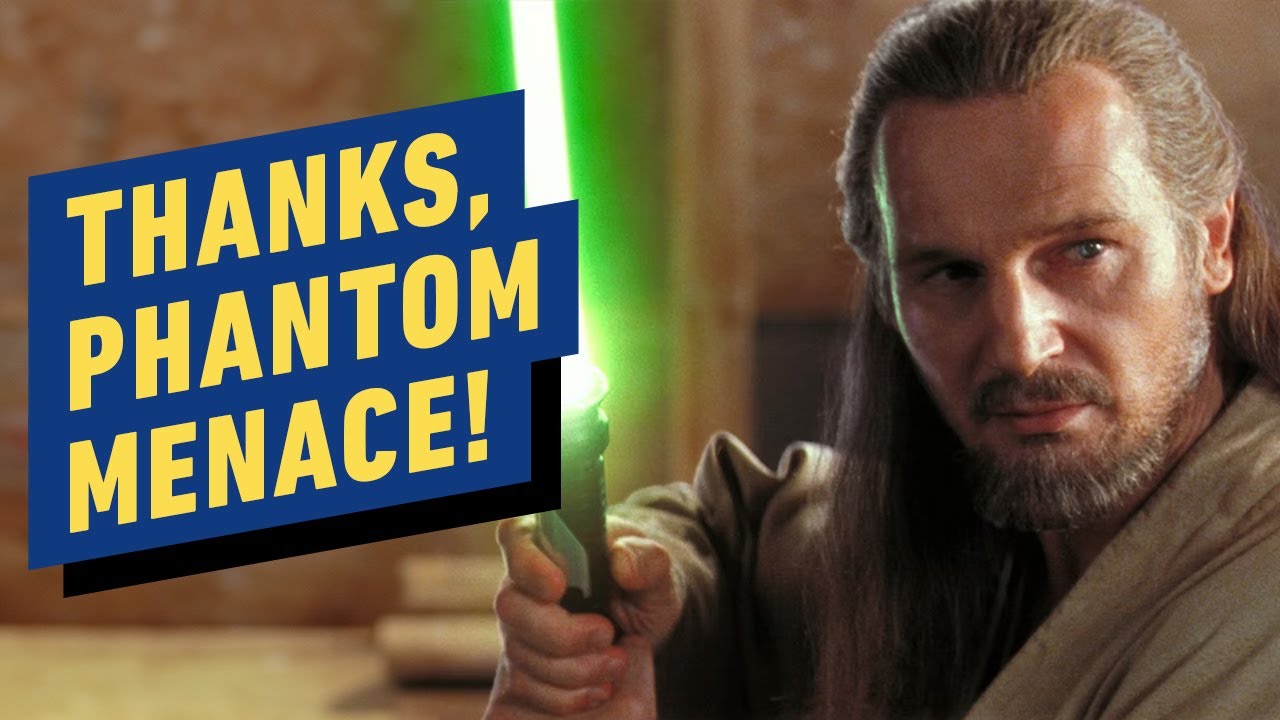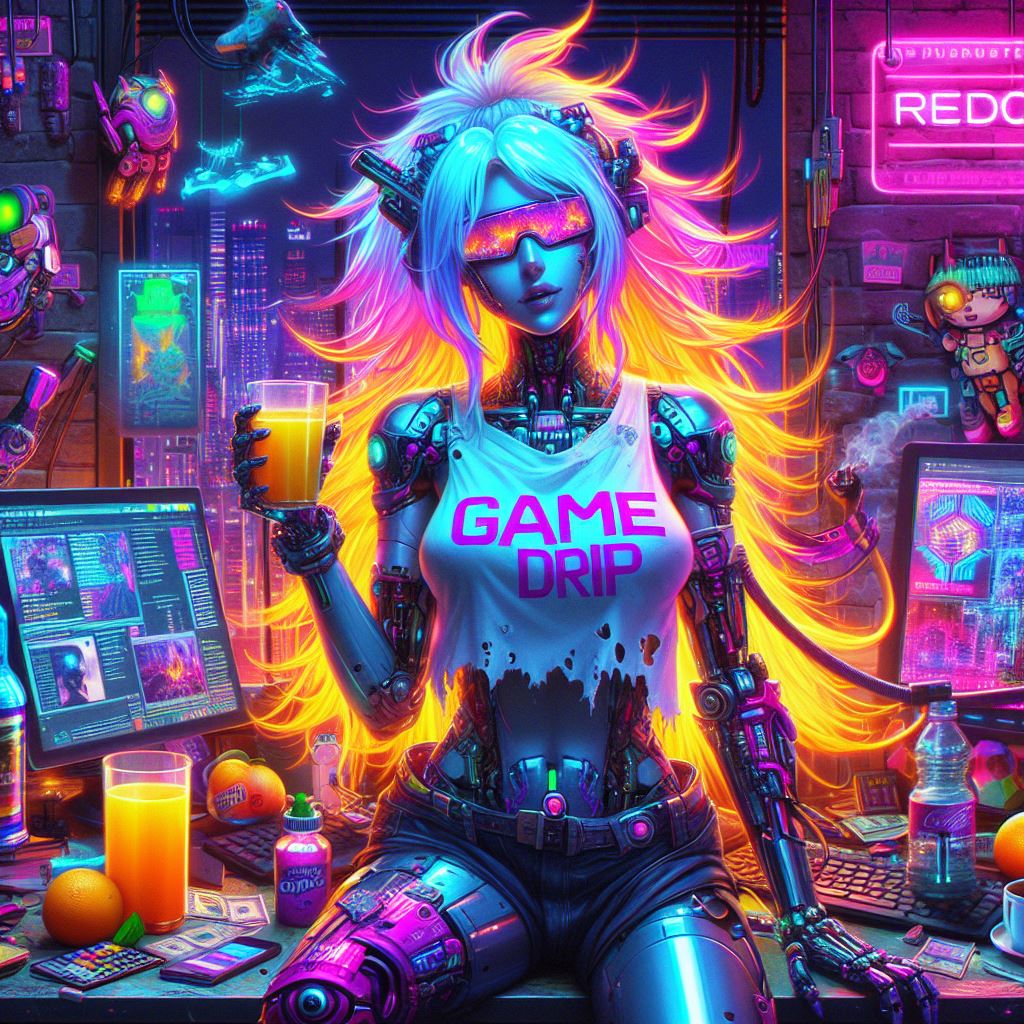Phantom Menace at 25: How Episode I Shaped the Modern Blockbuster Landscape
A not so long time ago in a galaxy very close by, the idea of new entries in blockbuster franchises that were guaranteed to be the biggest movies of the year wasn’t actually a given. Extravagantly expensive, four-quadrant, IP-based entertainment may be the lay of the land today, but rolling the clock back even a quarter of a century shows a very different world for big budget filmmaking. Believe it or not, science-fiction and superhero franchises weren’t all the rage, studio movies didn’t always cost obscene amounts, and the entirety of the Star Wars saga consisted of three theatrical films.
A New Era Dawns: The Release of Episode I
But all of that changed on May 19th, 1999, when George Lucas and 20th Century Fox released Star Wars: Episode I – The Phantom Menace. What was at the time merely a highly anticipated continuation of one of the most iconic film trilogies in Hollywood history has proven to have possibly been the landmark moment that distinguished how movies were made in the 20th century versus the 21st.
The Dawn of Serialized Storytelling
For an entire generation of younger filmgoers, knowing that summer would be dominated by new installments in long-running franchises that build elaborate sagas out of their favorite fictional worlds has been the status quo. But back in 1999, serialized storytelling in mainstream film was a rarity. The rise of technology and the ease of accessing older films paved the way for audiences to engage with complex lore and mythology, setting the stage for the era of serialized film franchises that we know today.

Evolution of Blockbuster Trends
From deep lore and mythology to the dominance of science fiction, superhero films, and cinematic universes at the box office, The Phantom Menace set the tone for the blockbuster trends that would define the 21st century. The film’s groundbreaking use of visual effects to create entirely new worlds and grand landscapes influenced a new era of VFX integration in cinema, paving the way for films like Avatar and Dune.
Negative Impacts and Legacy Sequels
Despite its monumental success, The Phantom Menace also contributed to negative trends in the industry. The backlash and toxicity towards certain aspects of the film and its cast members, as well as the rise of fan backlash culture, reshaped how studios approached sequels and fan expectations. Legacy sequels and nostalgic franchise revivals became the norm, leading to a landscape where original ideas struggle to find funding.
An Enduring Legacy
Regardless of its polarizing reception, The Phantom Menace remains a vital piece of film history. Its impact on the way movies are made, marketed, and consumed is undeniable. As we reflect on 25 years since its release, we can appreciate the lasting influence of Star Wars: Episode I on the modern blockbuster landscape.
So, as we celebrate the anniversary of The Phantom Menace, let’s acknowledge its role in shaping the cinematic landscape and appreciate the visionary spirit that continues to drive innovation in filmmaking today!





















